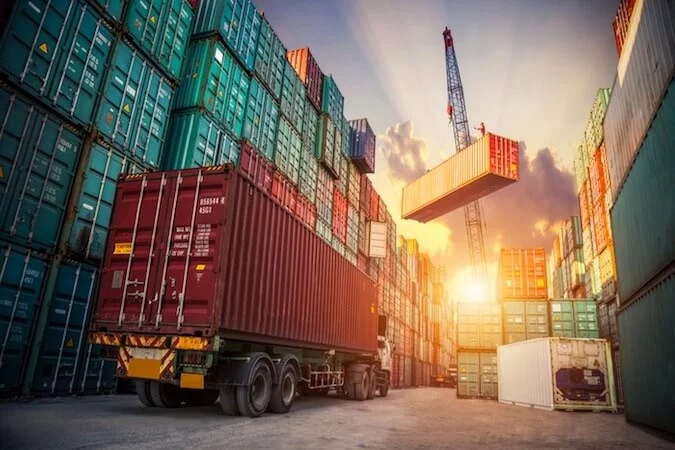17 February, 2023 Shipping containers play a vital role in global trade, and lifting them safely and efficiently is essential for both worker safety and equipment protection. Whether you're moving a container from one location to another or loading it onto a ship, using the right techniques can prevent accidents and damage. In this article, we’ll explore various methods of lifting shipping containers, with a focus on container lifting as the main topic. One of the most effective tools for this task is the automatic lifting hook, which offers a safer and more efficient alternative to traditional slings. Automatic lifting hooks are designed to attach to the top corner castings of a container and lift it using a crane. These systems can be operated remotely, reducing the risk of injury by keeping workers away from the lifting area. Additionally, they are adjustable, making them suitable for different container sizes and weights. This flexibility makes them an ideal solution for ports, warehouses, and construction sites where container movement is frequent. Table of Contents Cranes are widely used for lifting shipping containers due to their strength and versatility. There are two main types: mobile cranes and gantry cranes. Mobile cranes are flexible and can be moved around the site, making them perfect for loading and unloading containers from trucks and ships. Gantry cranes, on the other hand, are fixed structures often found in ports and shipyards. They offer stability and are ideal for heavy lifting tasks. Auto Release Hooks – Lifting Hooks Elebia hooks are a reliable option for automated lifting. They provide secure attachment points and reduce manual effort, ensuring a smoother and safer operation. These hooks are especially useful in environments where efficiency and precision are key. In addition to cranes, several other methods can be used to lift shipping containers. Each has its own benefits depending on the situation. Here are some common alternatives: Forklifts are commonly used for smaller containers or short-distance moves. They have a lifting capacity of up to 45,000 pounds, making them suitable for medium-sized containers. Operators insert the forks into the corner castings and raise the container off the ground. Hydraulic lifts use pressurized fluid to lift containers, offering smooth and controlled movement. They are often used in shipyards and logistics centers where precise lifting is required. Container lifting jacks are essential for safe and controlled lifting. They allow for gradual and stable elevation, reducing the risk of tipping or damage during the process. Selecting the right slings is crucial when lifting shipping containers. The type of sling you choose should match the container's weight, size, and lifting conditions. Here are some recommended options: Always inspect your slings before each lift and follow manufacturer guidelines. Choosing the right sling and using it properly ensures a safe and efficient lifting process. Whether you're using automatic hooks, cranes, or forklifts, proper planning and equipment selection are key to successful container handling. All-electric Injection Molding Machine The all-electric injection molding machine is a machining injection molding machine which is powered by electricity. Thermoplastics can be injected into molding and processed into various molds. It is a kind of machine commonly used in the process of chemical material synthesis and processing.Its basic functions are as follows: All-Electric Injection Molding Machine,Plastic Molder,Automatic Injection Moulding Machine,Electric Injection Molding Machine Ningbo Haijing Plastic Machine Manufacturing Co. LTD , https://www.chinahaijing.com
Lifting with Gantry Cranes
Get to know more about Elebia Hooks
Other Ways of Lifting a Sea Container
Forklift Trucks
Hydraulic Lift Systems
Container Lifting Jacks
What Type of Slings Are Recommended?
(1) Heat the plastic until it reaches a melting state;
(2) Apply high pressure to the molten plastic, so that it is injected and filled with the mold cavity.